Puppy pad training a young dog is always challenging. They have horrible bladder control and no matter what, it seems like they’re always making a mess!
Training a puppy to use potty pads can be a great step to full housebreaking, or can be a full-time fix for small dogs!
Today we’ll talk about how to puppy pad train your dog and cover what you need to know for getting started.
Are Potty Pads Right For Your Pup?
Most dog owners will choose to train their dogs to go potty outside.
Some owners use potty pad training as an intermediate step, while other owners may choose to train their dog to use a designated indoor area inside on a regular, ongoing basis.
Remember that if you are using potty pads as a temporary fix for young pups with poor bladder control, you’ll later have to house train your puppy not to pee inside, and gradually graduate them to outdoor potty use.
Is puppy pad training right for you? If you fit one or more of these categories, consider potty pads:
- You own a small dog. Small dogs create small messes, making potty pad training fairly easy. For rather obvious reasons, it can be much stinkier and messier to have a large dog using your bathroom floor as a potty corner. On top of that, small dogs have smaller bladders that can make holding it for long periods of time more difficult, making full, traditional outdoor housebreaking more challenging.
- You live in cold weather. Puppy pad training is ideal for those who live in colder climates. Some small dogs just can’t handle being outside in Vermont winters!
- You live in an apartment. If you live on the 72nd floor of the concrete jungle, taking your dog outside for potty can be difficult. Although some apartments have dog potty spots on the roof, many don’t. The difficulty of navigating apartments makes potty pad training appealing.
- You have limited mobility. Older dog owners or owners with disabilities may find potty pads a good option. While they still require cleaning, potty pad training eliminates the need for leashing up a dog five to six times a day for outdoor potty breaks. Just keep in mind that you’ll still need to hire a dog walker regularly to get your dog much-needed exercise.
K9 of Mine readers can get $15 off their first dog walking or sitting service with Wag!
- You can’t take your puppy outside often enough. If, for whatever reason, you just can’t walk your dog enough for his potty schedule, indoor dog potty solutions may be for you. If you have a young dog and work 9-5, you’ll likely want to consider potty pad training until your dog develops a stronger bladder.
- Your dog is really difficult to walk. Extremely shy dogs or dogs with major reactivity can be incredibly difficult to walk. These dogs should see a professional dog behaviorist, but a potty pad can help reduce everyone’s stress in the meantime.
- Your dog is disabled or a senior. It may be very difficult for dogs with certain physical disabilities or very old dogs to make frequent trips outdoors for potty breaks. In these cases, sometimes the least stressful option for the dog is to use indoor potty pads.
Potty Pad Options: Plastic, Grass, and More!
Dog potty solutions have come a long way since throwing some newspaper on the floor and hoping for the best.
There are a lot of options for training your puppy to pee in a specific spot inside. You can try:
- Fabric Puppy Pads. Classic puppy pads are traditionally composed of layered, spongey material that absorbs wetness and is leak-proof. They’re cheap, easy-to-use, and mess-free.
- Dog Litter Boxes. You heard that right – litter boxes aren’t just for dogs! These boxes are filled with recycled paper pellets that absorb your dog’s messes.
- Grass Pee Pads. Grass potty mats can be made with real or artificial grass. They are an especially good choice for owners who plan on graduating their dogs to outdoor house training, serving as an easy and natural stepping stone. Learn more about FreshPatch and other grass pee pads.
It’s worth noting that litter boxes with pellets and fake grass mats have huge advantages because they are more distinct from your floor than classic potty pads.
They take advantage of your dog’s natural instincts to help them potty in the right place!
Puppy Pad Training and Management Tips
While your dog is learning to use the potty pad, you’ll need to do some management to protect your floors from accidents.
Here are our favorite management tips to set you and your pup up for potty success:
You can leave your puppy in a crate to start with, but eventually incorporate barriers to teach her where to go. Using confinement to help housebreak your pup is a multi-step process.
1. Choose a Spot For Your Potty Pad
You’ll want to give careful consideration to where you place your puppy potty pads. Choose a spot with relatively low foot traffic, and preferably over tile or some other hard floor.
Many owners opt for the bathroom.
This is wise because the potty corner won’t be near food, it won’t be in the way of entertaining guests, and bathrooms are already small rooms that make it easy to confine your pup.
If you do choose to keep your pup and their potty pads in the bathroom, don’t forget to puppy-proof your toiletries!
2. Start With A Confined Space
Dogs don’t like to pee or poop where they sleep, so giving your dog a smaller space to hang out in can help teach her to hold her pee.
When you are just starting out, a crate will work great for this.
You’ll want to make sure that you properly crate-train your dog beforehand so that the crate is a safe, happy space to be and not a scary punishment. Whatever you do, don’t just lock your pup in the crate and hope they deal with it.
Your pup needs to be slowly introduced and acclimated to the crate!
Once your pup is happy to hang in the crate, she should be in her crate whenever you’re not actively watching or engaging with her.
When you take her out of the crate, be sure to take her to the potty pad right away.
When your pup is being kept in her crate for potty training, make sure to take your pup to the potty pad very often.
Remember, puppies cannot hold their potty for very long when they’re little. You’ll want to take your pup to the potty pad as often as possible. Take your pup to the potty area 10 minutes after eating, playing or drinking.
Basically, whenever humanly possible!
The more you take her to the pad, the better chance you’ll have of her relieving herself there. When your puppy does go potty in the right place, be sure to lavish her with tons of tasty treats and praise. We suggest using super high-value training treats, like hot dogs!
Also keep in mind:
- Puppies that are 2-3 months old need to pee every 2 hours.
- Add 1 hour of time on for each month after that (for example, a 5 month old dog can hold her potty for 5 hours).
- Don’t leave your dog without access to a bathroom for more than 8 hours, even if she’s 10 months old.
During the initial puppy pad training stage, you’ll want to make sure not to leave your puppy unattended. If you’re going to praise your pup for good potty behavior, you need to be there to provide positive reinforcement.
It can be pretty frustrating just hanging around in hopes of catching your dog poop on a pad, but it’s absolutely essential if you want to properly train your dog. Once you get to stage 2 and 3, you can begin leaving your dog alone, but until then you’ll have to be patient!
2. Upgrade to Larger Area After Successful Potty Pad Usage
One your pup is doing well with the crate, you can graduate to a larger space. Instead of leaving your pup in a crate, you will now create a small area within your house for your pup to roam.
Pick where you want the potty pads to go, then confine your pup in a small area including the potty pads. This can be done with x-pens, indoor dog gates, or by closing room doors.
Give your pup just enough room for a cozy puppy bed, potty pads, plus some water and toys. Instinctively, she won’t want to potty in her toys, water, or bed – so that just leaves the puppy pads! Giving her fewer choices makes it easier to make the right one.
As always, when you catch her using the puppy pads, provide ample treats and confirmation. Also make sure to clean up messes immediately so that your dog never faces the temptation to eat her own poop!
3. Gradually Increase Roaming Space
Once your pup has learned how to use the puppy pad in an enclosed space, you can gradually expand the area. Eventually, you’ll have a free-roaming, potty-trained pro!
At this stage, your pup can finally be left unattended.
How to Handle Accidents (They’re Gonna Happen)
Your pup is bound to make mistakes – it’s natural and normal.
Don’t scold your pup, or you may end up confusing your dog and teaching her that it’s not ok to pee in your presence. When your pup makes a mess, simply take her to the pad. If he goes there, reward her handsomely!
If she doesn’t, don’t take it personally and do your best to reward her when she does it right next time!
Puppy Pad Training Cleanup & Smell
You’ll want to clean up messy mistakes immediately to reduce stain and smell. Dogs have a tendency to pee in the same spot over and over, so eliminating the odor in inappropriate bathroom areas is key.
There are a lot of products available to clean pet messes. We recommend looking for products that are eco-friendly and pet-safe, such as Rocco & Roxie Pet Stain and Odor Eliminator!
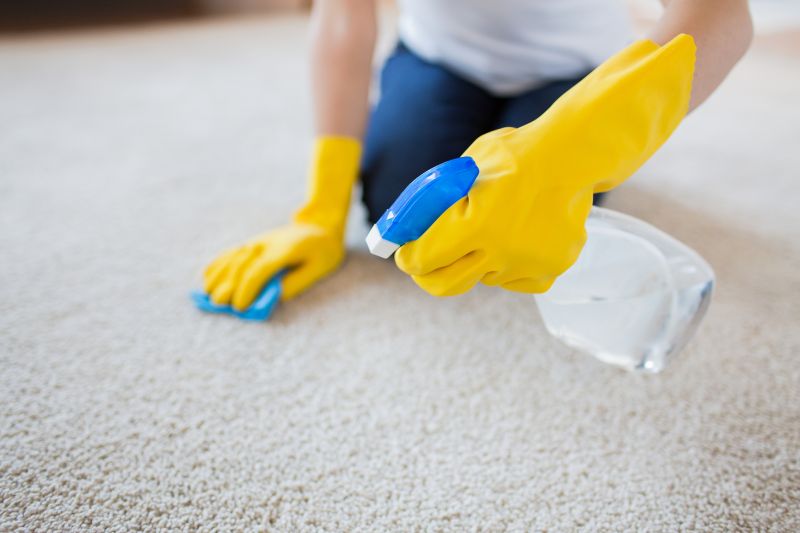
If your dog is doing business in the litterbox, grass mat, or potty pad and you do your part to clean regularly, the smell should not be too terrible.
These products are engineered to reduce smell!
For disposing of messy pads, most puppy pads usually get tossed in the trash, while grass pads can be biodegradable, but check the instruction details of the products you use for specific disposal details.
Next Steps: Outside & Beyond!
Now your puppy is pad trained – and that may be all you wanted to achieve.
However, if you plan on getting your dog to regularly potty in a yard, there are some other options you may want to consider as well, including:
- Doggie Doorbells. Dog doorbells are strands of bells that sit on your door handle. Your pup can be taught to go up and nudge the strand of bells to signal her desire to go outside and potty. A human still needs to be home to make this work though!
- Dog Doors. If you’re using potty pads because you aren’t home a lot of the day, you may also want to consider installing a dog door that lets your dog go outside into a yard and back inside as she pleases. Of course, this is only a suitable option if you own a house and are game for installing such an item.
There’s no way around the fact that potty training a puppy is work. But with patience, management, and a lot of treats, you should have an indoor potty trained dog in just a few weeks.
Have you trained your pup to use potty pads? What worked for you? We want to hear your pro tips below!
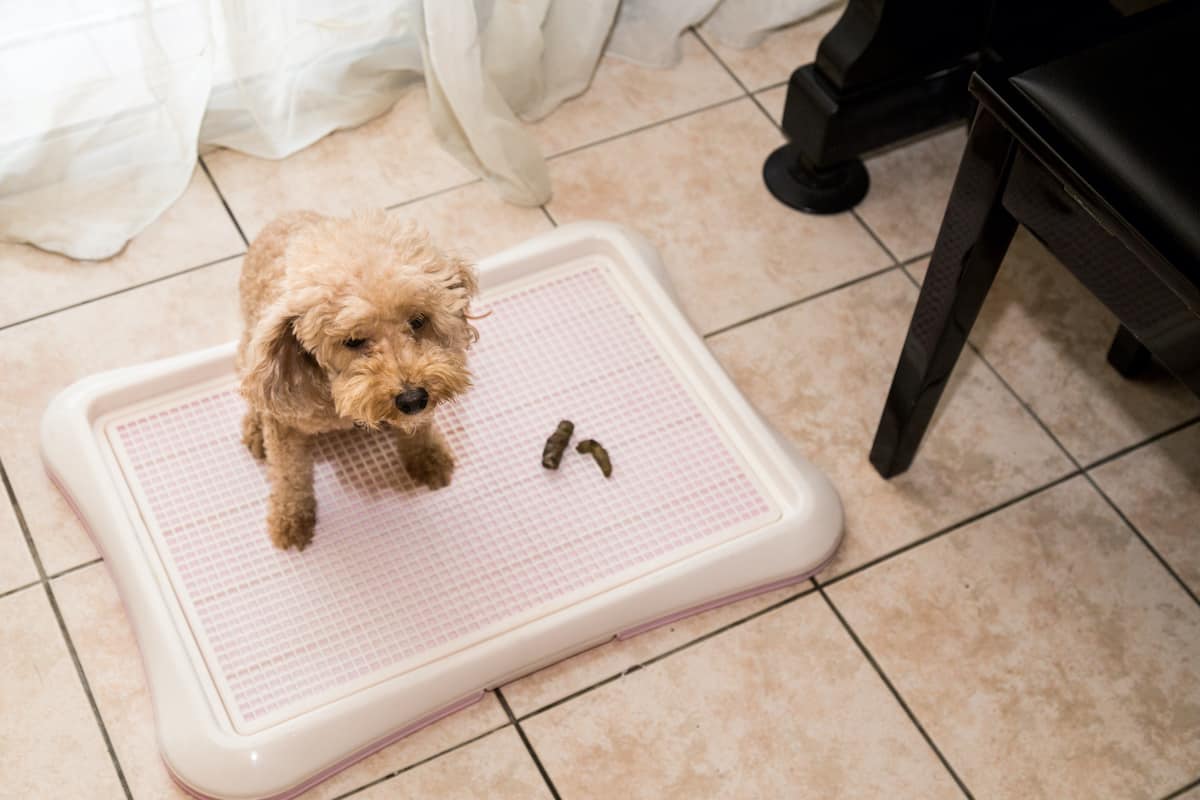
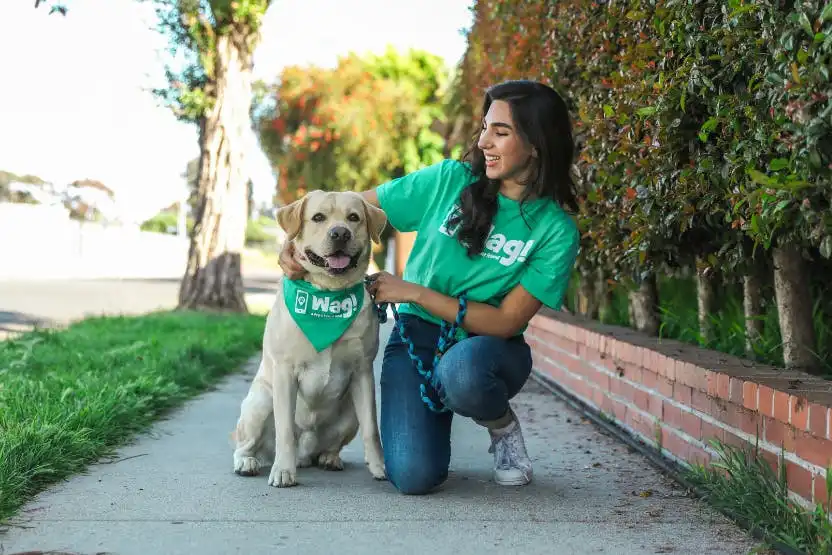



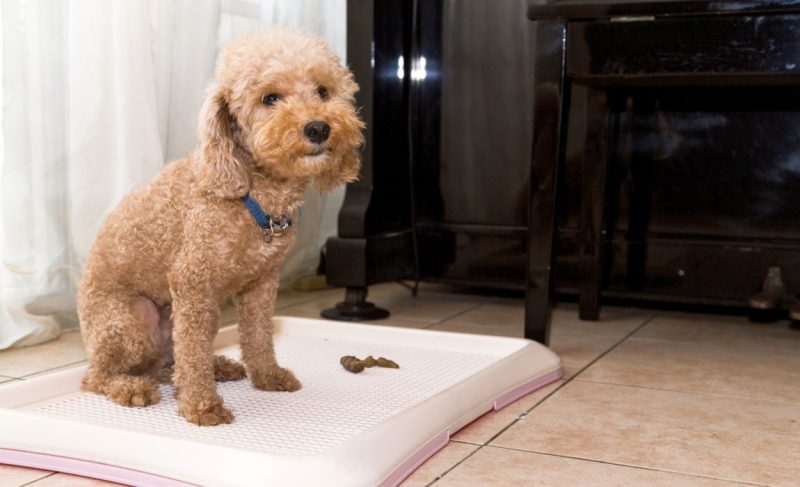
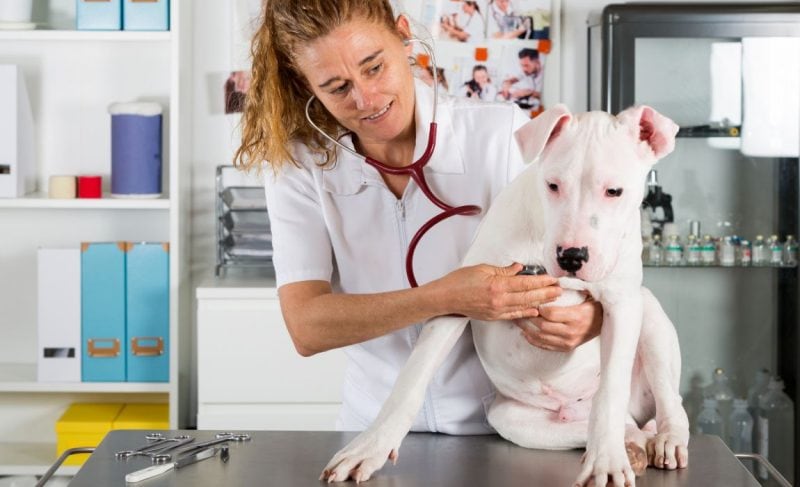
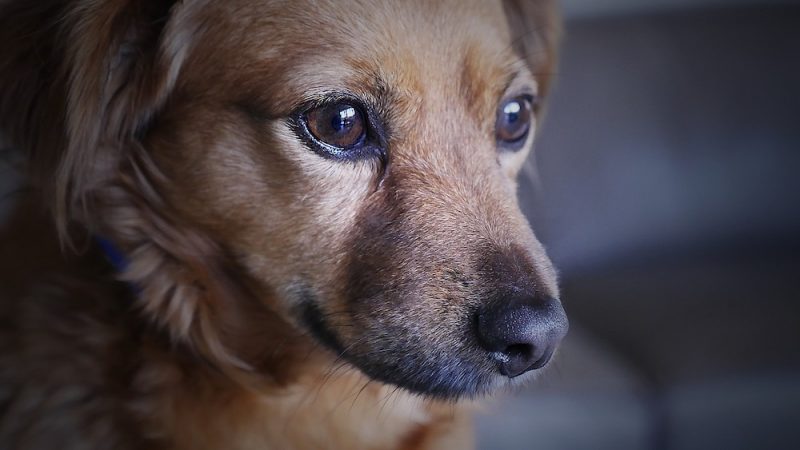

Leave a Comment